|
This morning was spent huffing and puffing as we flipped rocks at 3500m in the high shrublands, cloud forest and puna (high grassland). Despite the light-headedness, this is truly a spectacular meeting of three different habitats. The stunted trees of the cloud forests drip with moss while the puna is dominated by grasses and Ericaceae. Among the puna's grass and rock there are orchids, begonias and other "tropical" species mixed with the alpine species like lupine. In total we found 4 species of frog and 1 species of lizard (more on them at a later time). Standing water in the puna is scarce so the amphibians that survive there do so without having an aquatic, tadpole, phase (like the Gastrotheca mentioned in an earlier post). During the day the frogs and lizards here can be found under rocks to conserve moisture. The transition into cloud forest is rapid, often as we turn the corner into a creek bed the forest begins. Here the plants are more diverse, although still adapted to the cold, high environment. One of these creeks is even home to a diatom named after Wayqecha.
On our way out we collected more water for eDNA filtering as well, in hopes of finding traces of some of the high elevation species lost to Bd.
0 Comments
I've been a little busy writing grants the last few days, but today I took a quick walk along the orchid path here at Wayqecha. Below are only a few of the about 200 species of orchid found here. I've tried to identify some, but I am by no means a botanist so my id's may be very wrong. Cheers!
This is Gastrotheca nebulanastes, an Andean Marsupial Frog. In addition to being adorable, this species, in fact this entire genus, has a pretty cool attribute. Unlike the "conventional" amphibian; one that lays its eggs in water, undergoes an aquatic stage (a tadpole or larvae), and then metamorphoses - this group (mostly) has no tadpoles! Instead, the female has a pouch on her back where fertilized eggs are placed. Within that pouch the eggs develop and after some time the young froglets squeeze their way out as miniature versions of the adults.
In reality, however, this is just one of many reproductive techniques found in amphibians. The concept of a traditional amphibian is a bit flawed. There are species that follow the traditional dual life stage role but there are also species that carry their tadpoles to bromeliads and feed them unfertilized eggs, species that develop entirely within their eggs laid in the leaf litter, and even a species that gives birth to tadpoles after undergoing internal fertilization (almost all frogs use external fertilization) and numerous others. These reproductive adaptations allow frogs (salamanders and caecilians) to survive in places without large bodies of water or stable aquatic environments. In spite of some of our early "technical" difficulties, we have in fact begun doing research! The primary focus of this trip is to search for several missing species of frog; primarily those in the genus Atelopus. Commonly called the harlequin toads, this genus experienced major losses with the arrival of the chytrid fungus (Batrachochytrium dendrobatidis). In Peru some of the species have not been seen for decades. Using field surveys as well as two new techniques, we are searching for these elusive and presumed extinct frogs. To improve our chances at finding our target species we are trying out two relatively new methods; bioacoustic monitoring and environmental DNA. Using our "custom" field recorders we are searching streams for the calls of Atelopus. We designed these recorders to save money and time, allowing us to search more streams and improving our odds at finding our quarry. These specialized recorders are in fact cell phones programmed to record sounds at intervals throughout the day. Safely sealed inside a tupperware (super hi-tech) to stay dry, the phones are charged by solar panels placed in nearby light gaps, while external microphones encased in protective, sound amplifying housings (a.k.a. funnels) are placed along streams to hopefully pick up calls of nearby frogs. These recorders will be checked periodically over the next couple of months by Alex (the other Alex, Alex #3) and the recordings downloaded to be analyzed later. Using software or undergraduate labor (!) these recordings will be scanned for the calls of Atelopus and other species of frogs. If successful this will be a great way to efficiently monitor the communities of frogs that inhabit a stream. Check out more details about this method on our lab blog. Our second new methodology, environmental DNA or eDNA, is extremely exciting. It is based on the premise that animals shed cells into the water as they go about their business. Using an extremely fine filter (47 microns!), we filter out these cells and DNA fragments. At each site we try to filter 4 liters of water, although the amount varies greatly on how dirty the water is. The more water we filter the greater the chance of extracting cells.When we return to the US we will use quantitative PCR (qPCR), a method of selectively amplifying DNA fragments and measuring that amplification, to search for DNA fragments of our target species. This technique holds great promise because with a single filter we could test for the presence of numerous species in a stream. Stream dwelling amphibians are often elusive and the mountain streams of the Neotropics often difficult to navigate, making field surveys for these species extremely difficult and sometimes unproductive.
Combining these new techniques with standard field surveys we greatly increase the likelihood of finding these presumed extinct species if they still exist. To learn more about these new methods check out our lab blog (with photos of me!). After spending a few days in Cusco fixing the car and buying supplies we finally arrived in Wayqecha last night. This morning was spent setting up the lab and preparing our equipment for the field.
|
AuthorWrite something about yourself. No need to be fancy, just an overview. Archives
March 2016
Categories |
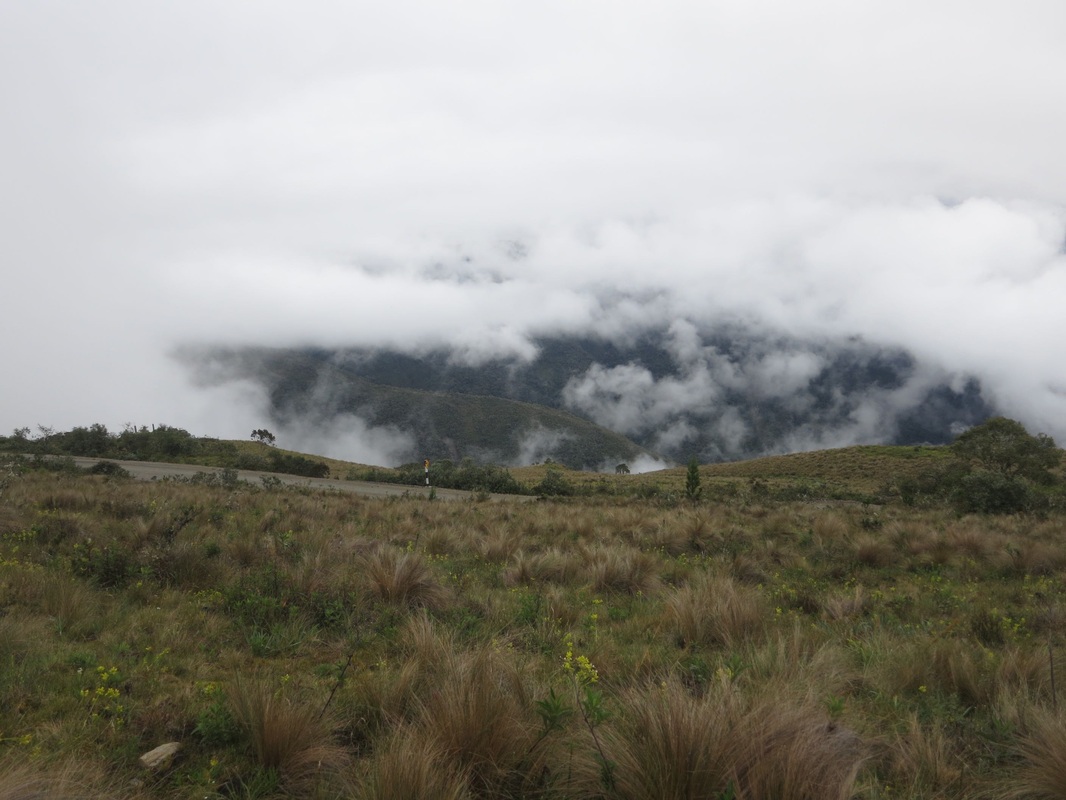

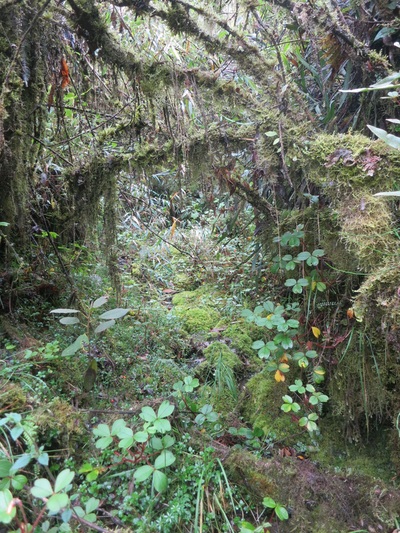





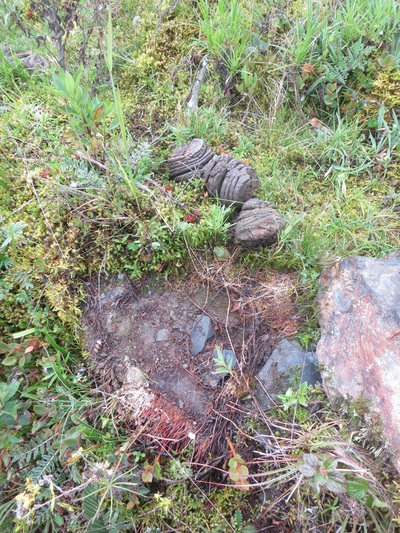

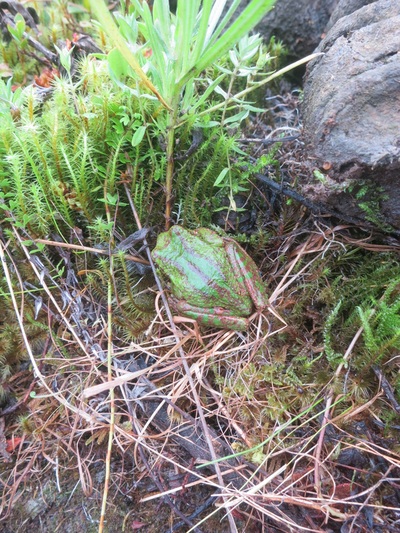


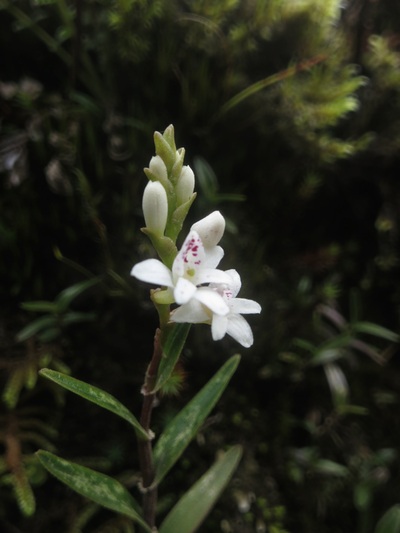



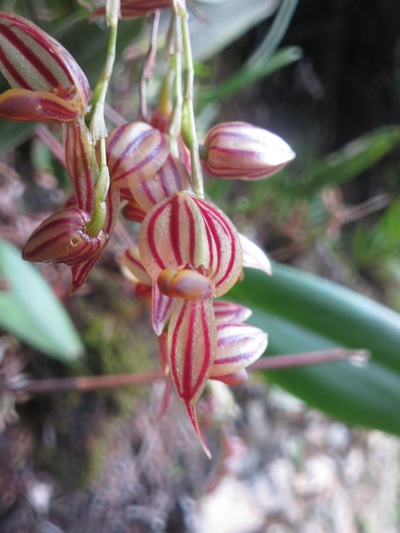


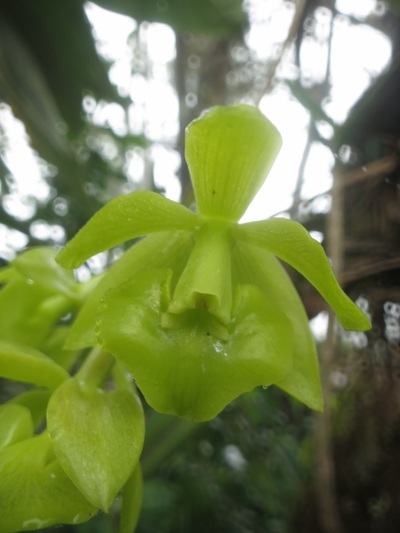
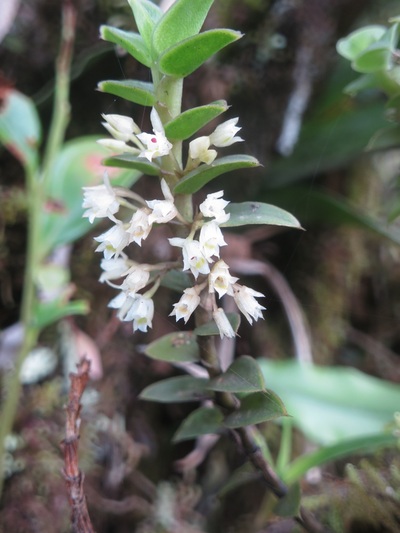
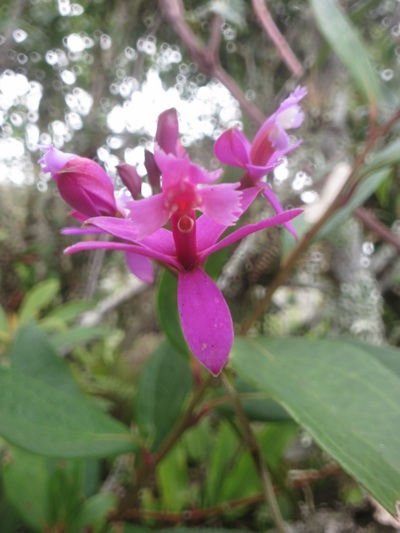
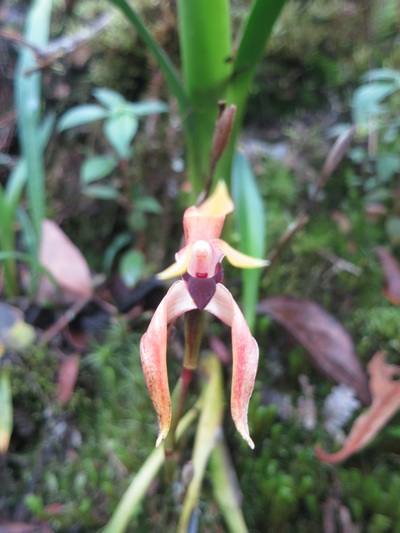

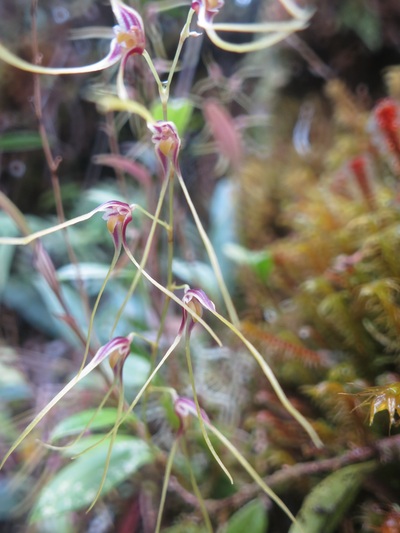

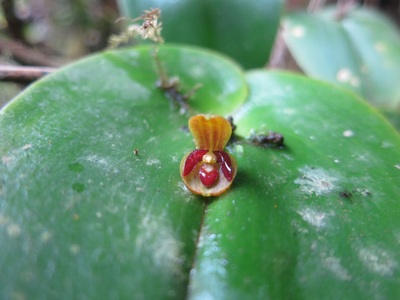




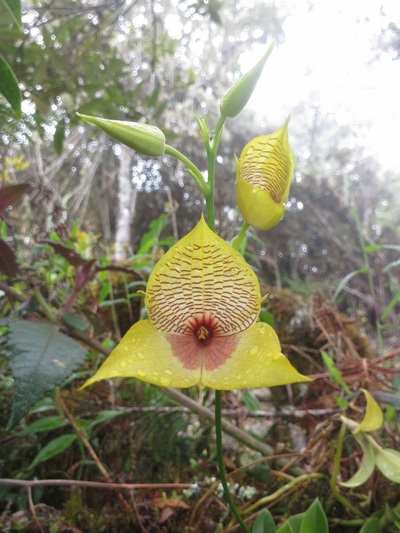
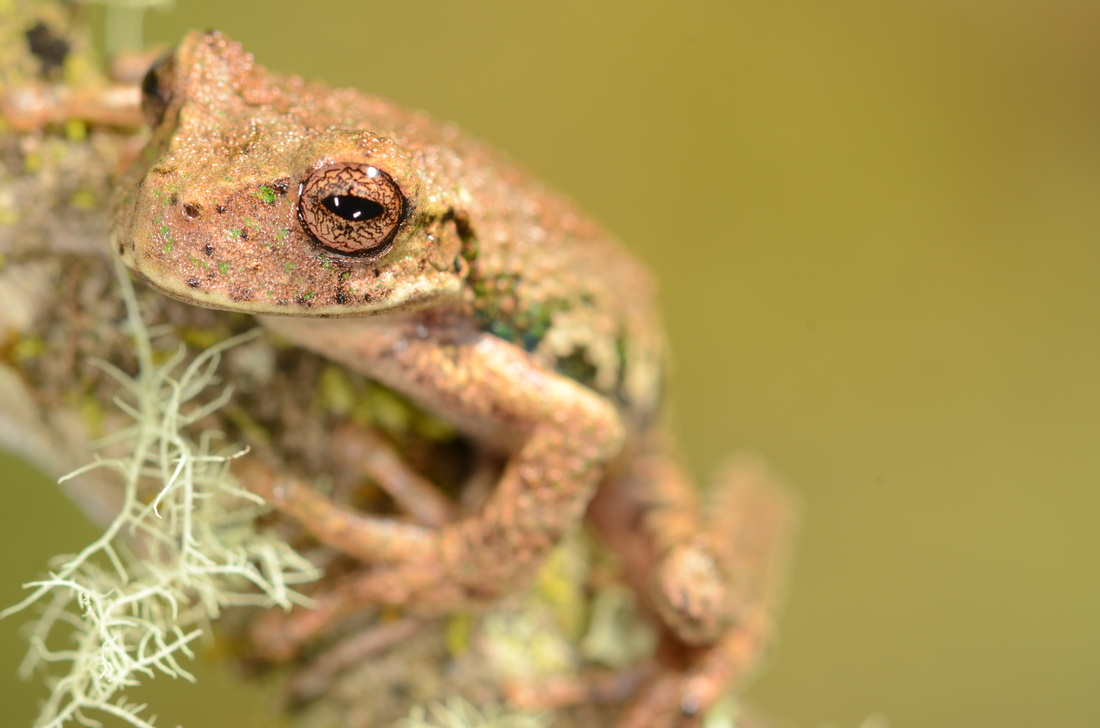


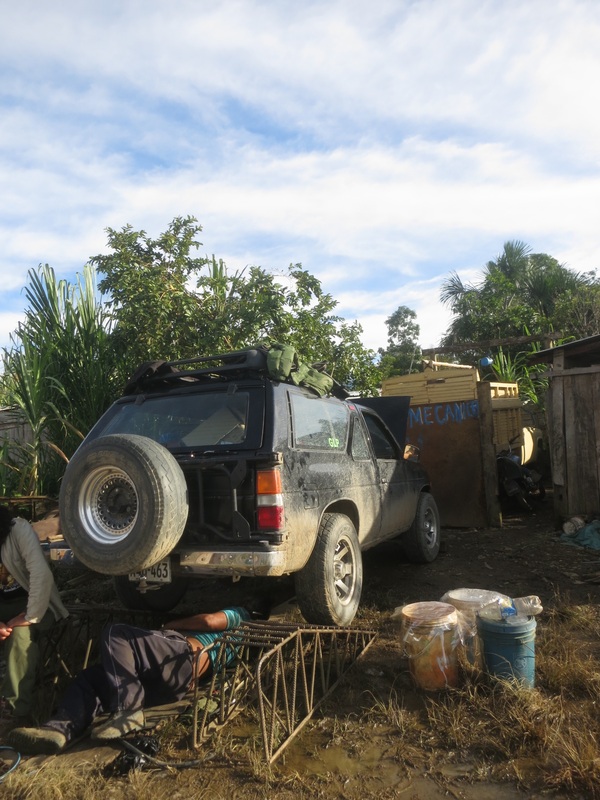
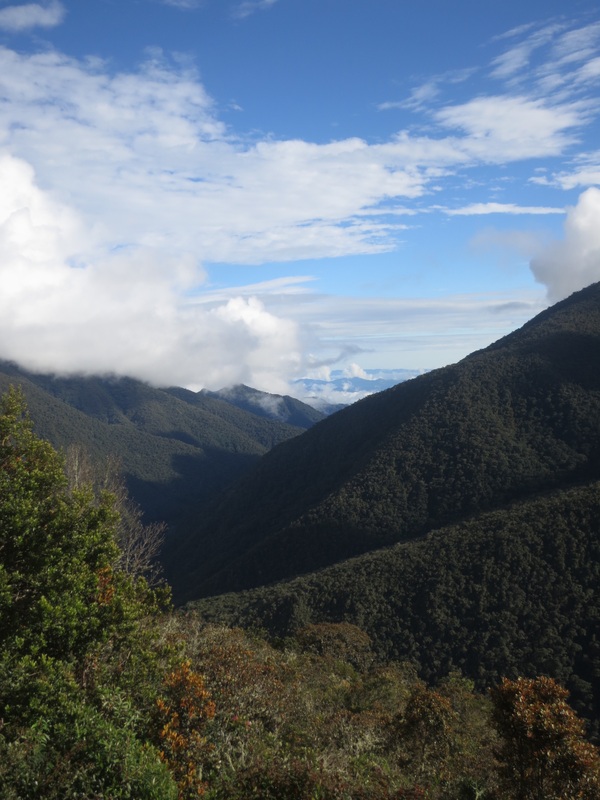
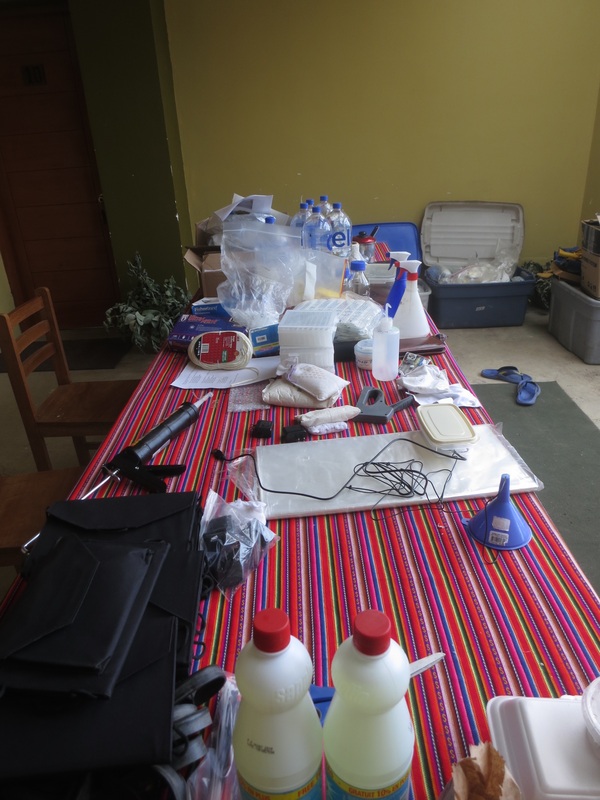
 RSS Feed
RSS Feed
